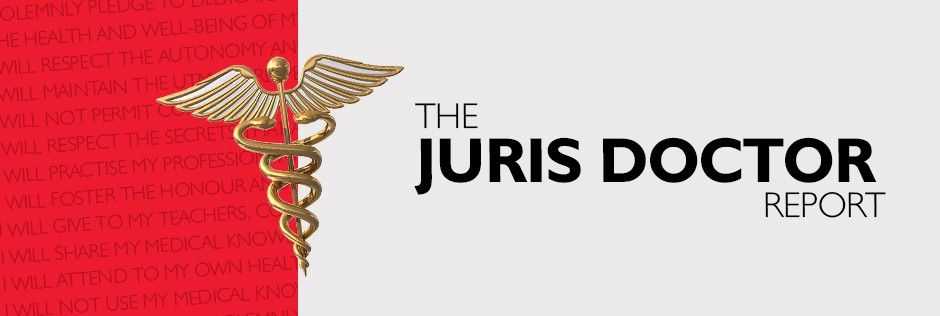For more information about this blog post, please contact Khaled J. Klele, Ryan M. Magee, Labinot Alexander Berlajolli, or Daniel J. Parziale.
New
Jersey Department of Health Allows Visitations to Long-Term Care Facilities
The Department of Health recently
issued an executive directive that
permits parents, a family member, legal guardians and support persons of
pediatric, developmentally disabled and intellectually disabled residents of
long-term care facilities to arrange for by-appointment indoor visits with
their loved ones. Facilities can only allow visits if there have been no
new probable or confirmed coronavirus cases recorded across a 28-day period,
which is two incubation periods for COVID-19. The guidance also provides a
multi-step screening process before visitors can enter the facilities.
OIG Finds
Hospitals Overbilled Medicare By Approximately $1 Billion
The Office of the Inspector
General (“OIG”) recently published a report
finding that during fiscal years 2016 and 2017, hospitals overbilled Medicare
by an estimated $1 billion using statistical sampling. The OIG started
with over 224,175 claims that contained a severe malnutrition diagnosis code
during fiscal year 2016 and 2017, and then narrowed its audit to only 200
claims. Of the 200 claims reviewed by the OIG, hospitals were found to
have correctly used a severe malnutrition diagnosis code on 27 of the claims
and the remaining 173 claims were found to have been incorrect. The OIG found
that the aforementioned 173 incorrectly billed claims resulted in an
overpayment of $914,128. Extrapolating that data to the entire 224,175
claims, the OIG estimated there were over $1 billion in overpayments to
hospitals. This is particularly troubling considering that Medicare
just announced that it will
resume audits by August 3, 2020.
HHS
Modifies Substance Use Disorder Privacy Regulations
The Department of Health and
Human Services’ Substance Abuse and Mental Health Services Administration
released a final rule, effective
August 14, 2020, modifying privacy provisions related to records for patients
with substance use disorder (“SUD”) under 42 CFR Part 2. Among other
things, SUD patients may now consent to disclosure of their Part 2 treatment
records to a practice without identifying a specific person in the practice,
and non-opioid treatment programs and non-central registry providers are now
eligible to query a central registry to determine whether their patients are
receiving opioid treatment. The changes will allow healthcare providers –
with patient consent – to more easily conduct activities such as quality
improvement, claims management, patient safety, training, and program integrity
efforts. For additional information, review the HHS’ fact sheet regarding the
revised rule.
CMS
Proposed Rule On End-Stage Renal Disease
The Centers for Medicare &
Medicaid Services (CMS) issued a proposed rule to update
payment policies and rates under the End-Stage Renal Disease (ESRD) Prospective
Payment System for renal dialysis services furnished to beneficiaries on or
after January 1, 2021. Specifically, the rule proposes a $16.26 pay
increase that would bring the 2021 end-stage renal disease payment base rate to
$255.59. The rule also proposes updates to the acute kidney injury (AKI)
dialysis payment rate for renal dialysis services furnished by ESRD facilities
to individuals with AKI. Additionally, the rule makes changes to the
eligibility criteria for transitional add-on payment adjustments for new and
innovative equipment and supplies (TPNIES) and expands TPNIES to include new
and innovative capital-related assets that are home dialysis
machines. Products from two manufacturers that include a dialyzer
and a cartridge for a home dialysis machine are being considered for add-on
payment adjustments in 2021. Finally, the rule proposes a five percent cap on
any year-over-year decrease in a dialysis facility's wage index. The wage index
is applied to the labor-related share of the payment rate to reflect differing
wage levels in areas where dialysis facilities operate. The cap would be phased
in over two years. Comments are due by September 4, 2020.
Please visit Riker Danzig’s COVID-19 Resource Center to stay up to date on all related legal issues.




